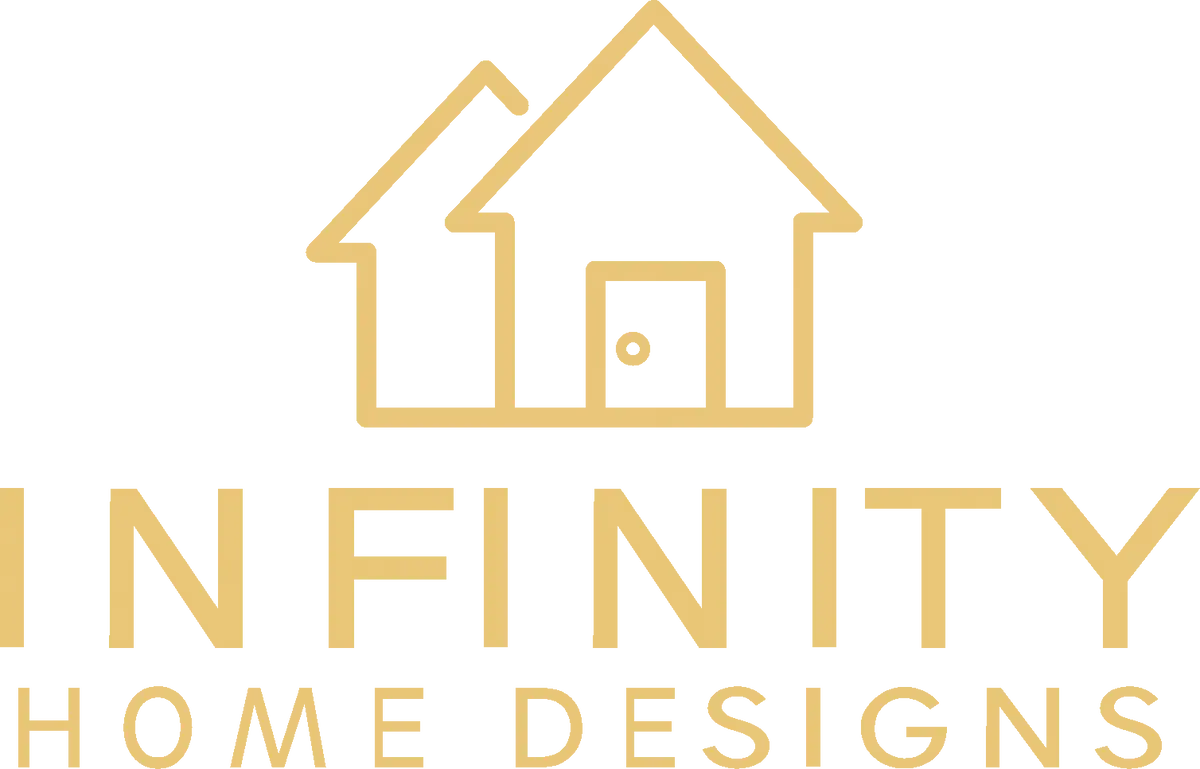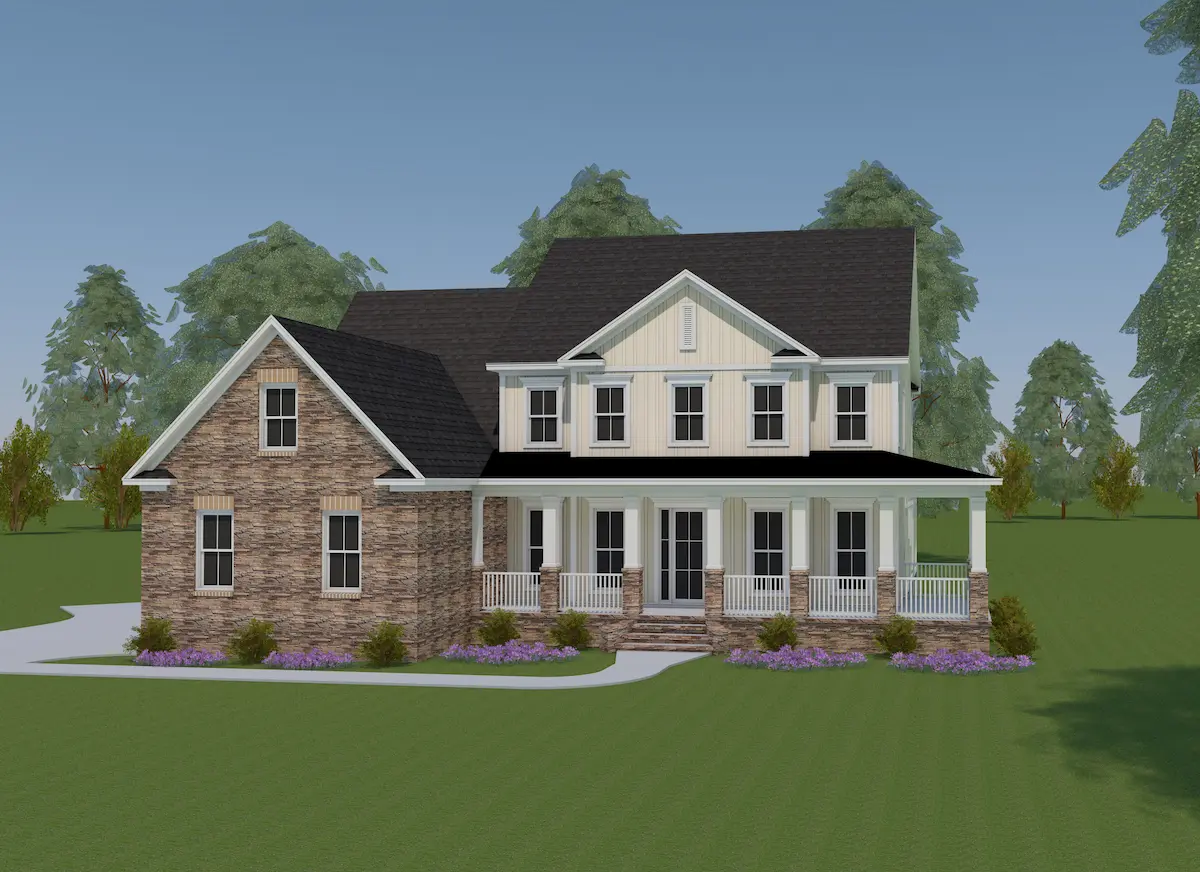As a top residential designer in the Atlanta area, I’ve learned over time the top mistakes that tend to be made during the planning process of building a new home. While some of these may not seem super important on paper now, they are things to really consider that are often voiced as the, “I wished I would’ve done this…” regret once the home has been built and the residents are living in the home. Our hope is that these specific tips will help you create the perfect living spaces that will give you the feeling of satisfaction each time you step foot into your home and in your living space.
1. Not enough storage
Storage is essential for any home and especially when you are planning a new build. Take an inventory of what you have now and consider where you’d like to have ample space. Then, consider closets, built-ins, kitchen island, pantry or other features that create the aesthetic you desire while providing the functionality that you need.
2. Not thinking about the functionality of layout and traffic flow
When creating a new home design, consider traffic flow and how you will be moving throughout your home and how the sightlines will appear. Consider where you will drop off groceries, separating the noisiest parts of the home like your kitchen and living rooms from the quieter spaces, like bedrooms or theater room. Where do bathrooms make the most sense? Would a wall or hallway impede the way light flows through your home or block a gorgeous view? What will it be like when friends come to visit, or family comes to stay? These are all important considerations to make when planning your home design and layout.
3. Not considering furniture placements and size
Part of creating great functionality and flow in your home is considering where your furniture will be placed and how you will utilize it or move around it. We suggest taking measurements and including it in your house plan design. Things to consider is whether your furniture pieces will block flow to a doorway, hallway, or traffic flow through a room. For example, would a kitchen table or island make it difficult to get to a garage door?
4. Not enough widows/exterior lighting
Natural light in your home can positively affect your mood and energy. Did you know it can strategically make a space look larger while highlighting architectural elements in your home. Moreover, strategically placed windows can add dimension to your space by highlighting the views around your home, too. Lighting on the exterior of your home can also add amazing visual effects, be used as an added security feature and keep family members and visitors from accidental trips and falls.
5. Not defining your entrance
First impressions are everything and the entryway to your home isn’t any different! Typically, your entrance will reflect your architectural style that leads into your amazing interior. And, that impression isn’t just limited to the front. Consider what you’d like the back door or patio area of your home to convey and be sure to consider any other doorways to your home as well.
6. Incorrect or odd door sizes, openings, and hallway widths
Did you know the size of your doors, hallways and other openings can affect the aesthetics of your home? If they are too wide, you could be creating wasted space and if they are too narrow, it may be much harder to navigate your home. This same concept can be applied to placement of walls and unique angles. If they’re adding correctly, they can add interesting visual appeal with creating space that cannot be used. And, if your home is your forever home, you may want to consider making the spacing wide enough to accommodate possible accessibility needs in the future.
7. Using smaller ceiling heights thinking it will save a ton of money and regretting after build
Opting for larger ceiling heights can have many benefits for your home. First, a higher ceiling allows makes smaller rooms look and feel larger and creates better ventilation and air flow. Additionally, natural light can flood the space and you’ll also have more options for creative lighting options that fit within your design. Did you know that homes with higher ceilings also increase the value of your home which is helpful if you choose to sell it in the future.
8. Not keeping your garage in close range of your kitchen
Whether you have a door between your kitchen and garage or opt for a mudroom or utility room between the two, we suggest keeping your garage in close proximity to your kitchen. Typically, you will be carrying in groceries, your family’s personal items and a plethora of other things. When considering placement of your garage, be sure to talk with your residential design expert as he/she will know the lay of your land and can make the best recommendations for an attached or detached garage for your new home build.
9. Creating under or oversized spaces or wrong placement of rooms or spaces
How spaces in your home will be used should be an important part of your design process. Rooms that are too small or too large can disrupt the form and functionality of your space. Consider what activities you’ll be using that space for and what furniture or decorative pieces will be placed in the room. Additionally, think about the flow of your home when you place rooms in your home or create unique spaces. For example, do you want a music or theater room right next to a bedroom? Sometimes, it may look good on paper but in real life, it’s not ideal. An experienced residential designer can help you with decisions like these.
10. Not taking into consideration the scale of your home to the size of your land
Site location, direction of the sun, slope of the land, size of your lot, and the type of terrain can greatly impact the size and layout of your home. While slopes may have gorgeous views, they can be more challenging for design. Also, check with your subdivision to make sure requirements don’t keep you from adding things that are important to your design and layout features, like a patio, pool, recreational spaces or additional buildings. A residential designer can help you best utilize your land space and offer suggestions that will still capture those beautiful views while providing the features and functions you’ll want in your home’s layout.
Lastly, we recommend making sure you have all your needs and wants included in your original design. It’s much easier to tweak or rearrange a space than to add square footage when you are further into your design plan. It’s not to say that it cannot be done, but it can greatly affect the layout of your home’s design and have impact on your design budget.

